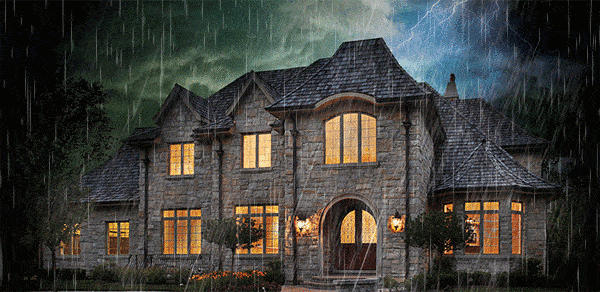- BY erpenstine
- POSTED IN Latest Blogs, Waterproofing
- WITH 0 COMMENTS
- PERMALINK
- STANDARD POST TYPE

Waterproofing
When the Cape Town storms approach, residents will too often brush off the news of bad weather, leaving them to panic when they realise the impact might be greater than expected. That’s why it’s best to start preparing your home beforehand as no waterproofing can be performed during a storm.
Follow these useful Waterproofing tips to ensure you, and your roof, are able to weather any storm.
-
Secure all doors and windows. If any debris is flying through the air and it breaks a window, it can suddenly increase the pressure inside your home, and your roof will act like a giant parachute. To prevent this from occurring, make sure your doors and windows are tightly secured and locked during the height of the storm. If you can cover your windows, it’s best to use plywood.
-
Take an inventory of your home. Unfortunately, you may have some damage after a storm, and you want to make sure that you’re ready for the insurance company when they send an adjuster to your home. Prepare now by taking photos and videos of your home that you can provide to an adjuster for comparison.
-
Secure any loose items in your yard. Any items that may take flight and damage your home, or anyone else’s, should be moved indoors. Though it is likely one of your most valuable possessions, your home is not the only thing that will need to be protected during a storm. Stowing your vehicle is also important. If you don’t have a garage, move your car away from any large trees that may fall and cause damage.
-
Secure heavy furniture around your house. Before a storm, it’s best to tie down or move patio furniture indoors to keep them from flying and hurting the house or worse.
-
Try to keep tree branches away from your home. Branches should not be within 2 meters of your house. In high winds, these are going to act like large whips, damaging your roof system. Be extra cautious of branches that may creep up beside your roof’s edge. This is the area that provides protection from air lift, therefore it is even more important that it is not damaged.
-
Clean the gutters. Remove debris and make sure nothing is clogging the path and that water can run down gutters freely.
-
Check your roof. Make sure all tiles or roof sheets are properly nailed down. Have a contractor do a waterproofing roof inspection to spot damage before it could grow worse in a storm.
-
Prepare a list of high quality waterproofing contractors in your area. Many waterproofing contractors blow into town with the storm, so alert homeowners that you are a reputable, trustworthy neighborhood contractor.
-
Ensure your insurance policy is up to date. Make sure that you have no coverage gaps. If a tree hits your home, or a limb strikes, the first thing you need to do is contact your insurance company.
To learn more about roof leaks and to schedule an appointment, contact us today.
